10 outstanding destinations for regenerative luxury tourism, good practices and insights
Here I bring you a selection of regenerative luxury destinations in the world, and insights to learn from from them. I simply love them all!. I do value their effort to create a positive impact by regenerating local communities and ecosystems while delivering outstanding experiences. Regenerative luxury tourism is not a trend any more, but a growing high-end segment that goes beyond mere sustainability, actively seeking to restore and revitalize ecosystems, local communities, and cultures.
As a deep lover of this industry and its people, below I bring you a selection of some outstanding destinations of regenerative luxury tourism, along with a detailed description of the regenerative practices that make them stand out.
1. Bali, Indonesia
- Regenerative Practices: Bali is a hub for regenerative tourism in Asia, where resorts like Bambu Indah and Fivelements are leading the way. Bambu Indah focuses on building with local materials and traditional Balinese methods, minimizing environmental impact while fostering cultural preservation. Fivelements integrates holistic healing practices and offers experiences that deeply connect guests with nature and the island’s spiritual traditions, promoting the regeneration of both personal and environmental well-being.
- Collaboration with institutions and associations: These hotels collaborate with local and global initiatives to enhance their regenerative practices. Regenera Luxury association stands here as reference with the specialized certifications for regenerative luxury boutique hotels.
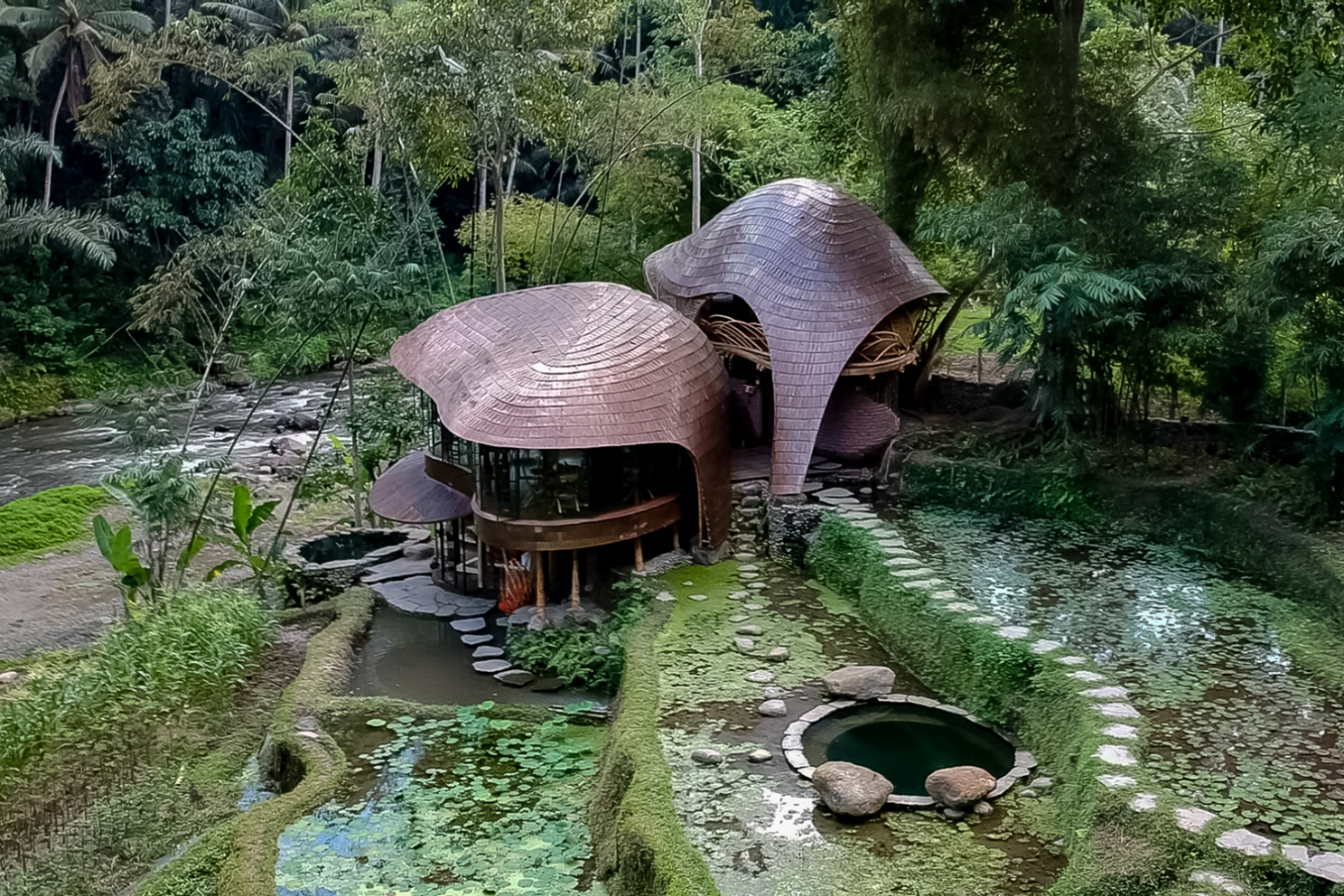
Bambu Indah, Bali

Fivelements, Bali
2. New Zealand
- Regenerative Practices: New Zealand stands out for its luxury accommodations that implement advanced regenerative strategies. The Lindis, for example, is seamlessly integrated into the Ahuriri Valley landscape, using sustainable technologies to reduce its carbon footprint. Minaret Station, located in the Southern Alps, not only offers an exclusive experience but also actively participates in habitat restoration, working on reforestation and wildlife recovery projects.
- Collaboration: Specialized institutios and communities enhance these destinations’ ability to influence regeneration on a broader scale, creating replicable models in other parts of the world.
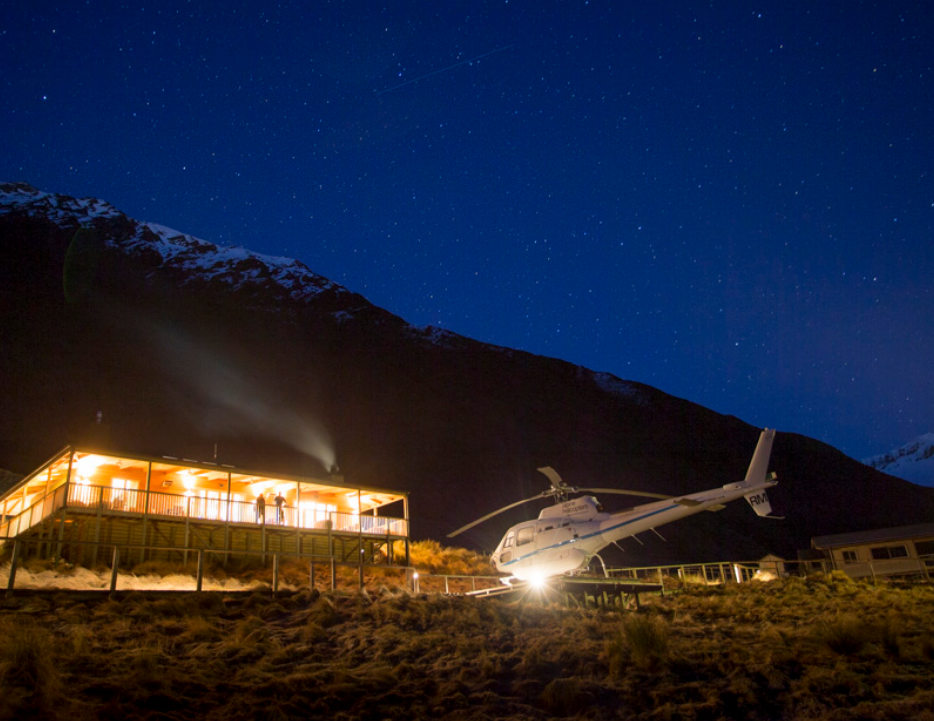
Minaret Station, New Zealand
3. Costa Rica
- Regenerative Practices: Costa Rica has been a leader in sustainable tourism for decades and is now positioning itself as a key destination for regenerative tourism. El Silencio Lodge & Spa is located in a private cloud forest, where reforestation and water conservation programs contribute to the regeneration of local ecosystems. This resort also works closely with neighboring communities, promoting local economic development through jobs and training.
- Collaboration: Integrating global certification standards help formalize and expand regenerative practices in Costa Rica, solidifying its leadership in this area.

El Silencio Lodge and Spa
4. Botswana
- Regenerative Practices: In Africa, Botswana excels in its approach to conservation through regenerative tourism. Mombo Camp, located in the Okavango Delta, exemplifies how luxury can coexist with environmental protection. This luxury camp directly supports wildlife conservation through initiatives like species reintroduction and minimizing human impact on the environment. Additionally, they employ members of local communities, providing training in conservation and hospitality. Wellness activities, such as guided wildlife tours and outdoor yoga sessions, are designed to foster a deep appreciation for the surrounding natural beauty and promote mental well-being.
- Collaboration: Partnering with associations like Regenera Luxury amplify the impact of these initiatives, offering a global framework that promotes regeneration in other luxury safari destinations.

Mombo Camp, Botswana
5. Maldives
- Regenerative Practices: The Maldives, known for its luxury tourism, is adopting regenerative practices to address environmental challenges like coastal erosion and reef degradation. Soneva Fushi is a pioneering resort that has implemented sustainable technologies like solar power plants and advanced waste management systems. The resort also actively participates in coral reef restoration and marine biodiversity protection through coral breeding and replanting programs.
- Collaboration: Joining and implementing specialized certifications in regenerative luxury tourism strengthen these initiatives, ensuring that regenerative practices are implemented uniformly and effectively across the luxury tourism industry in the Maldives.
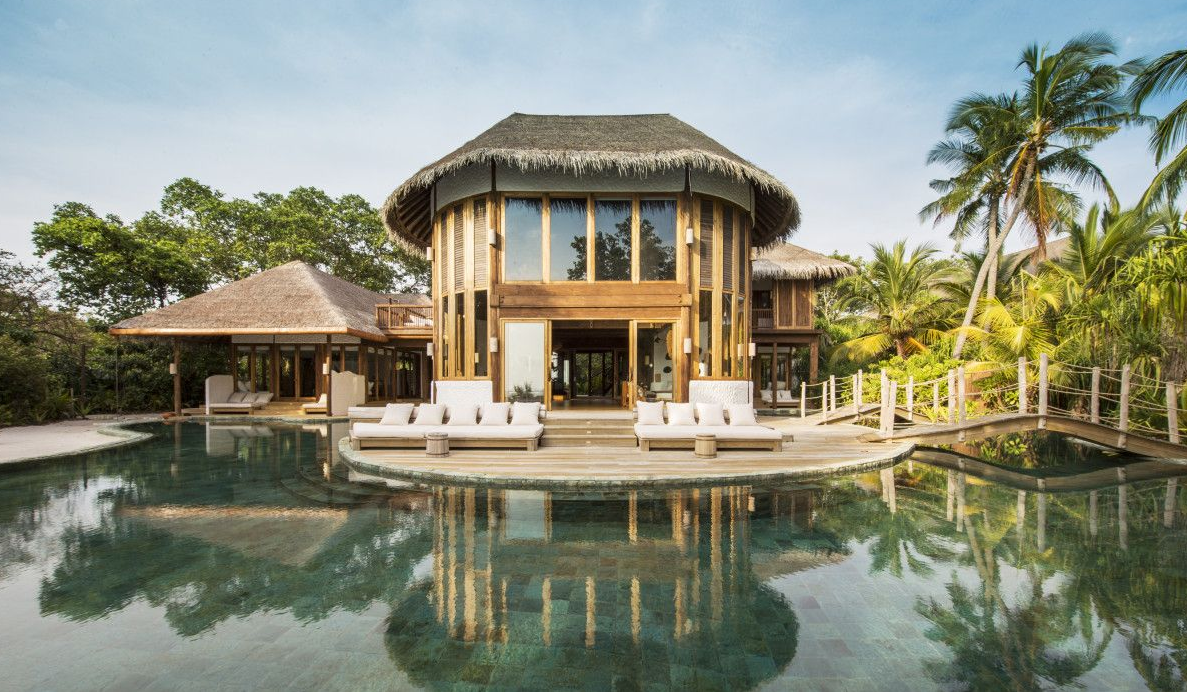
Soneva Fushi, Maldives
6. Iceland
- Regenerative Practices: Iceland, with its stunning landscapes and commitment to environmental preservation, is becoming a prime destination for regenerative tourism. Deplar Farm, located in the remote Troll Peninsula, is a luxury retreat that emphasizes the regeneration of the natural environment through sustainable practices. The farm uses geothermal energy, a key renewable resource in Iceland, to power its operations and has implemented a comprehensive waste management system. Wellness is at the heart of the experience at Deplar Farm, with activities such as geothermal hot spring soaks, guided wilderness hikes, and mindfulness retreats, all designed to enhance both physical well-being and a connection to Iceland’s pristine nature. The retreat also engages in local conservation efforts, including the protection of native wildlife and the reforestation of surrounding areas.
- Collaboration with Associations: Partnering with specialized regeenrative luxury institutions and implementing good practices and specialized certfications is enhancing Iceland's role in regenerative tourism by establishing global standards for luxury retreats, ensuring that regenerative practices are effectively implemented and promoted on a broader scale.
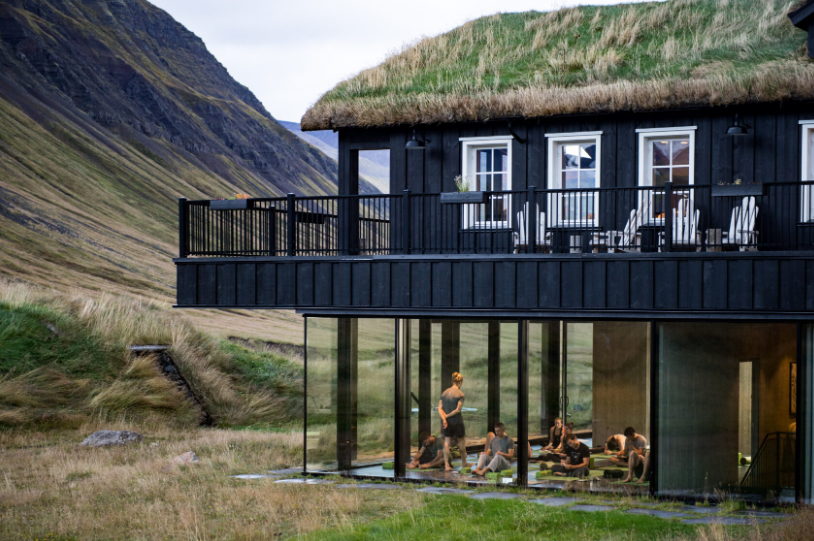
7. Switzerland
- Regenerative Practices: In Switzerland, destinations like The Chedi Andermatt and Whitepod are demonstrating how luxury can be a driver for environmental regeneration. The Chedi Andermatt is committed to energy efficiency and the use of renewable energy sources, while Whitepod offers sustainable accommodations in geodesic pods that minimize landscape disruption, and also participates in the conservation of local flora and fauna.
- Collaboration: Partnering with specialized entities provide these destinations with a framework to optimize their efforts and share their successful models with other similar destinations around the world.

8. Bhutan
- Regenerative Practices: Bhutan, a country known for its focus on Gross National Happiness, is emerging as a leader in regenerative tourism. Resorts like Amankora and Six Senses Bhutan focus on cultural and environmental preservation, working closely with local communities to maintain traditional farming practices and protect forests. These resorts also contribute directly to the local economy, ensuring that tourism benefits all levels of society.
- Collaboration: Joining sensibilized communites in wellness adn regenerative tourism is helping Bhutan refine its regeneration efforts, ensuring that its models can be replicated in other destinations seeking to balance tourism with cultural and environmental preservation.
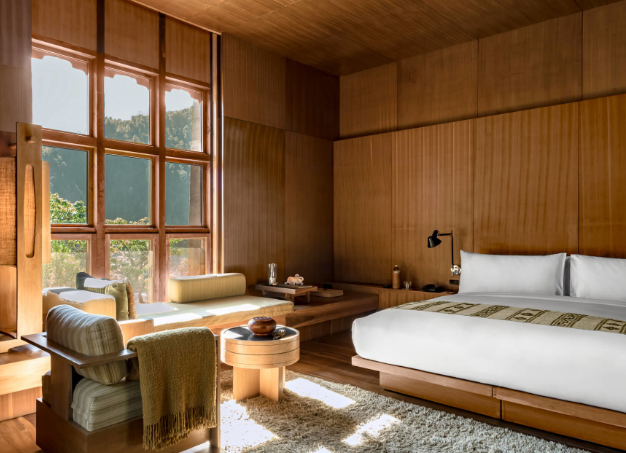
Amankora, Bhutan
9. Portugal
- Regenerative Practices: Portugal, particularly the Alentejo region, is emerging as a key destination for regenerative tourism in Europe. São Lourenço do Barrocal is a boutique hotel that has restored an ancient agricultural estate, transforming it into a luxury retreat that fosters landscape and biodiversity regeneration. The hotel works with the local community to revive traditional farming techniques and promotes a circular economy in its operations.
- Collaboration with Associations: Integrating standards and certifications from Regenera Luxury could help Portugal establish itself as a leader in regenerative tourism in Europe, offering a model for other countries seeking to combine luxury with regenerative practices.

10. Australia
- Regenerative Practices: Australia, with its unique biodiversity, is developing regenerative tourism destinations like Emirates One&Only Wolgan Valley in the Blue Mountains. This resort combines luxury with nature conservation, operating with a carbon-neutral approach and participating in habitat restoration projects. The resort also supports research and conservation of endangered species, working closely with environmental experts and local communities.
- Collaboration with Associations: By implementing specialized certification in regenerative luxury boutique hotels, Australia is also strengthening its regenerative initiatives, ensuring they are effectively implemented and become a standard to follow in global luxury tourism.

Emirates One&Only Wolgan Valley, Australia
The importance joining the specialized community of Regenerative Luxury Boutique Hotels
Collaboration between hotels and specialized associations like Regenera Luxury is crucial to boosting regenerative tourism globally. These associations not only provide standards and certifications that ensure the authenticity and positive impact of regenerative practices, but they also facilitate the creation of knowledge networks, the dissemination of best practices, boosting profits not only for the entrepreneurs and brands but also for the destionations and their local communities.
By working together, hotels can transform destinations into living examples of how luxury can coexist with regeneration, creating experiences that not only delight guests but also leave a lasting positive impact on people and the world.
